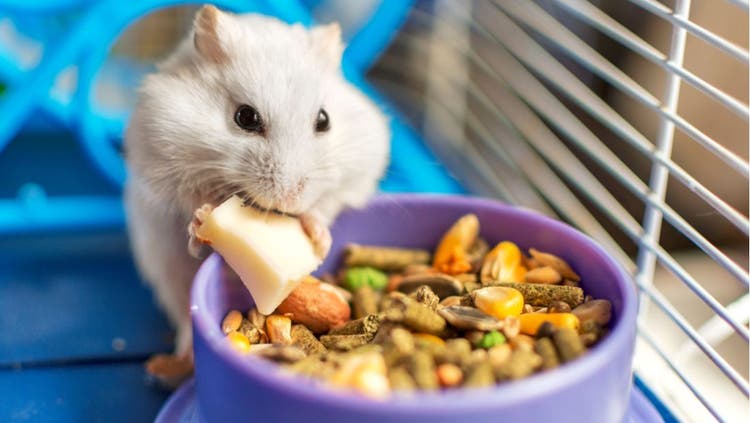
Torn Toenail in Small Mammals
Suddenly you notice – there’s a trail of blood and your little friend is limping and licking his paw. When you take a closer look you see the problem – a terrible torn toenail. Toenail problems, specifically torn or broken nails, are not that common and rarely life threatening. Nevertheless, they are quite painful.
For small mammals allowed free access to the home, nails can get snagged on fabric or carpet fibers, and in an attempt to dislodge the attached material, the small mammal might pull away, tearing the nail in the process. For small mammals confined to an aquarium or other enclosure, torn nails are rare but can occur. You might not even notice until you see blood or your pet begins to limp or cry. If left untreated, a torn nail can bleed intermittently and become infected, not to mention the pain and irritation for your pet.
Veterinary Care
Some torn nails can be treated at home if your pet will allow it, but veterinary care can reduce the potential for infection and provide easy removal of the torn nail. Depending on the extent of the tear, removal of the nail at the level of the tear is usually sufficient. This is most easily done with nail trimmers.
Home Care
If you try to treat your pet at home, remember: a torn nail is painful and you should take care to avoid getting bit. The following steps are important:
- Initially, you will have to stop the bleeding. You can use silver nitrate or styptic pencils. If you don’t have either of these, try cornstarch or flour. When placed on a bleeding nail, these generally stop the bleeding.
- Trimming the nail is the most difficult part of caring for the torn nail. Use pet nail trimmers and remove the nail at the level of the break. Remember, this will probably hurt your pet.
- Gently wash the area with warm water to remove any debris lodged between the nail and the toe or leg. Bandaging is difficult to do in small mammals. If you do not feel comfortable taking care of a torn nail, call your veterinarian. Leaving a torn nail to heal on its own (which will not happen) or allowing the nail to grow out is not a recommended option. This causes persistent irritation and possible repeat breaks.
Preventative Care
The best preventative care is to trim your pet’s nails frequently if they are prone to overgrowth. Overgrown nails are most commonly affected.